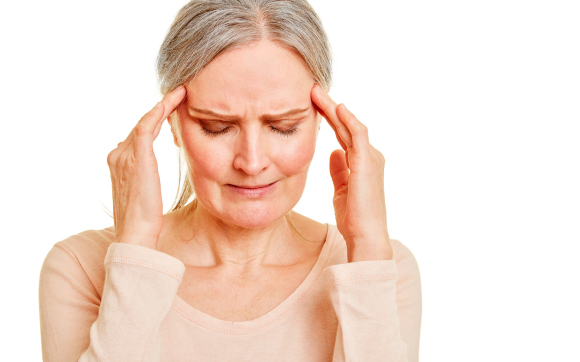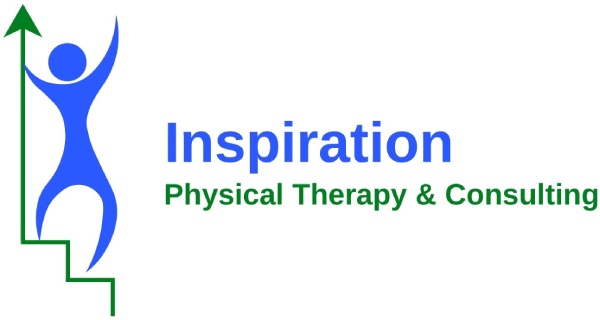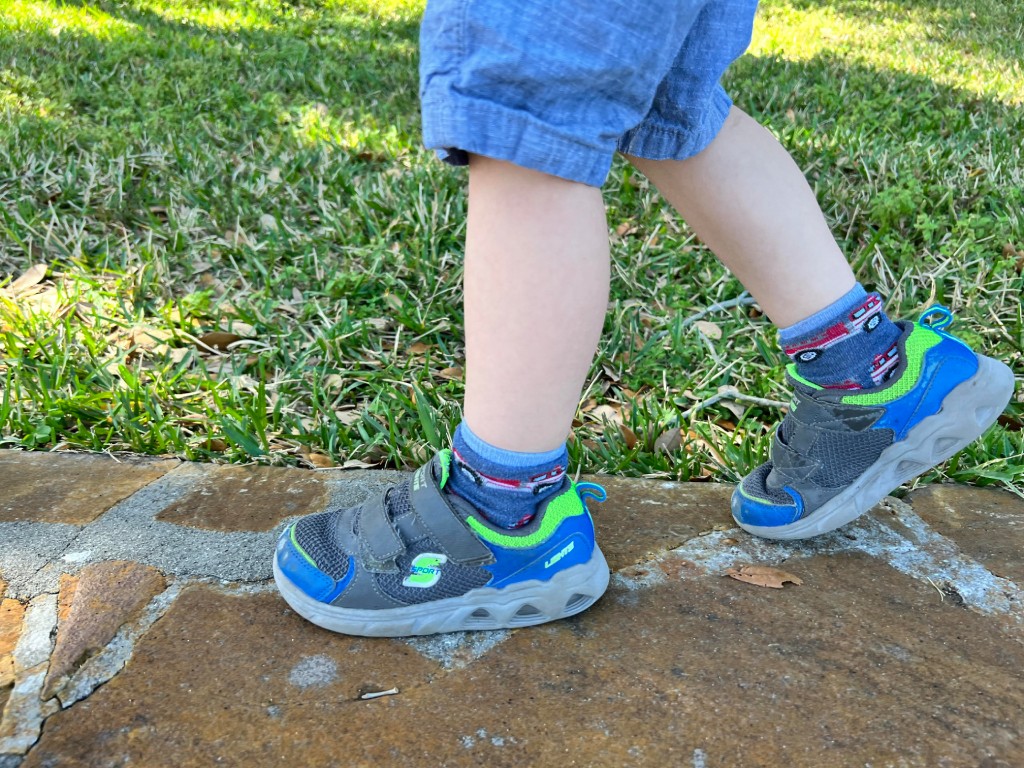Headaches
Types of Headaches

Cervicogenic Headache
A cervicogenic headache is also called a \”ram’s horn\” headache because it feels like it starts at the base of the skull and wraps up and around the head like a ram’s horn. It is usually caused by tightness in the muscles at the base of your skull. These muscles often get tight with computer work, knitting/sewing, reading books, and looking at phones. Your PT can help relax these muscles and then set up a program focused on strengthening your postural muscles to help support your head and neck during your daily activities and stretch tight muscles. Your PT may also recommend an ergonomic assessment [see ergonomic page] of your workspace if appropriate.

Migraines
Migraines are a large umbrella of headaches and have many complex causes, contributing factors, and presentations. Migraines are typically severe headaches and may be accompanied by symptoms of light sensitivity, noise sensitivity, nausea, and dizziness. They may have an aura, a visual disturbance resembling a halo of light around objects. Physical therapy can help determine if a migraine trigger has a musculoskeletal cause and help you, with your MD, to decrease the intensity and/or frequency of your migraines.

Tension Headaches
Tension headaches typically presents with aching pain, pressure or tightness around the head. There can may many contributing factors or triggers. Your PT may be help to help you identify your headache triggers and help direct a program that may include postural strengthening, decreasing muscle tightness and pain, and recommending decreasing stressors.

TMJ Headaches
TMJ headaches typically present with pain on your temples. They are usually caused by stress and grinding or clenching your jaw. Physical Therapy can help identify causes and contributing factors for your headaches and set up a treatment plan for you based on the findings of the evaluation. If your TMJ is involved, you may benefit from PT focused on TMJ treatment [see TMJ page] or on your neck.

